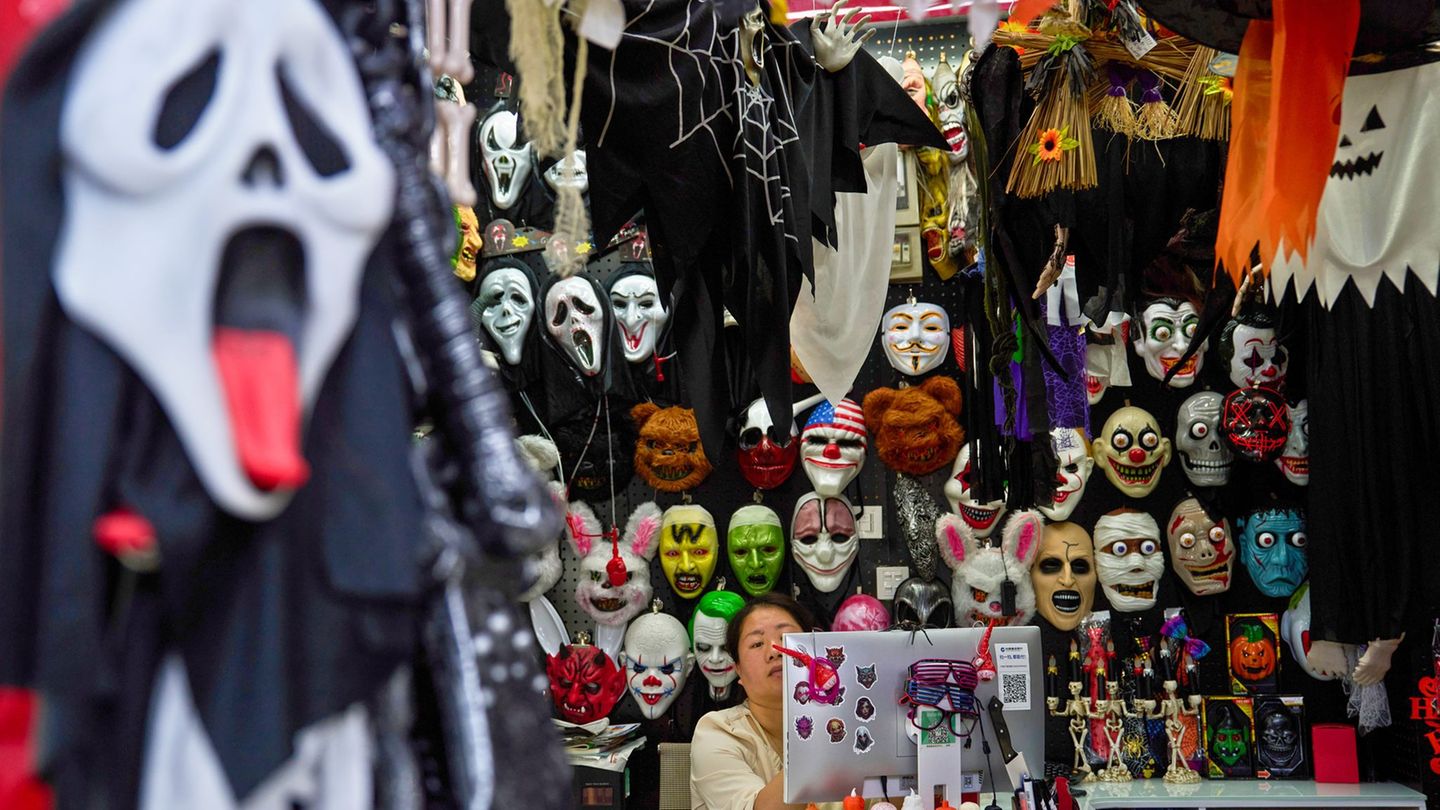“Argentine assets are being strongly dragged down by a negative external context, where the ‘risk-off’ climate is deepening due to the dynamics of US Treasury rates and their implications for the economy, given a growing risk of recession”, the economist Gustavo Ber commented to scope.
Also, At the local level, the recent measure on the “soybean dollar”, together with the challenge of monetary sterilization that will be associated with this strategy, also play against, although in a secondary way, analysts agree.
In that framework, the S&P Merval index loses 3.6%, to 144,060.20 units. This indicator recorded an intraday historical maximum value in pesos of 150,971.41 points at the beginning of the week.
Among the losses, YPF shares stood out with 8.9%, at 186 pesos at times when the price of oil fell about 6%, to an eight-month low, as the dollar rose to a two-decade high on recession fears.
The US Federal Reserve (FED) said this week that it will continue to raise interest rates until US inflation is under control. “Global markets are sinking due to fears of recession and our market is not exempt from bad mood investors”said an operator, adding that “local condiments in economic matters do not help” business.
Thanks to a special exchange rate for soybean exporters, in force during September, the BCRA accumulates purchases for more than 3,100 million dollars so far this month.
“The liquidation of agro-industrial currencies in September could be located in an also exceptional range of between 5,200 and 6,600 million dollars, a very strong increase compared to the previous months”, estimated the Mediterranean Foundation.
He added that “this high trading and liquidation of foreign currency in September is a clearly exceptional (non-sustainable) phenomenon, with a significant drop expected in the last three months of the year. According to our own estimates, the agro-industrial liquidation could be in a range of between 4,600 and 6,000 million dollars in the last quarter”.
For its part, operations in the alternative segments of the dollar continued to be pressured by foreign currency hedging. The stock market “counted with liquidation” (CCL) climbed to $316 and the so-called “MEP dollar” did so to $306.
Businesses in the small but referential marginal foreign exchange market remained stable, and the blue barely goes up $1 to $285operators commented.
Bonds and country risk
In the fixed income segment, and like Argentine stocks in New York, sovereign bonds in dollars They are trading sharply lower, affected by profit-taking in the face of renewed risk aversion. The biggest setbacks lead them the Bonar 2030 (-3.6%), the Global 2030 (-3.5%), and the Bonar 2029 (-3.2%).
Thus, the country risk measured by the JP Morgan bank rose 1.8% to 2,482 basis points, maximum since last July.
Source: Ambito
David William is a talented author who has made a name for himself in the world of writing. He is a professional author who writes on a wide range of topics, from general interest to opinion news. David is currently working as a writer at 24 hours worlds where he brings his unique perspective and in-depth research to his articles, making them both informative and engaging.




